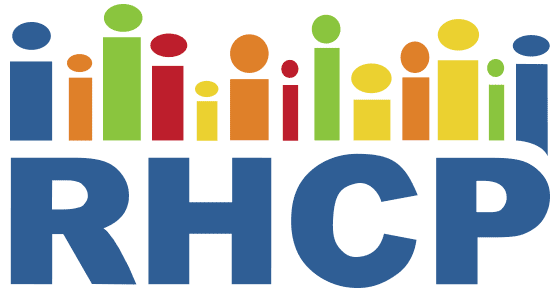COVID-19 crisis and emergency risk communication
Racial minorities have been disproportionately impacted by COVID-19. Moreover, vulnerable populations and minorities are more likely to have communication gaps due to socioeconomic disadvantage, low health literacy, immigration status, and limited English proficiency, compounded by language and cultural discordance and mistrust of health institutions. To encourage participation in disease prevention and containment by these populations, RHCP implemented the Centers for Disease Control and Prevention (CDC) Crisis and Emergency Risk Communication (CERC) framework to promote bidirectional crisis and emergency risk communication to vulnerable populations for the COVID-19 pandemic.
COVID-19 message maps were developed by RHCP community and academic partners. Message content focused on three constructs: COVID-19 prevention and containment; SARS Coronavirus-2 testing; and, social and economic impacts of COVID-19. Messages in six languages were delivered by bilingual communication leaders within their social networks. Messages were mostly delivered electronically, e.g., social media, text messaging and voice calls. Communication leaders solicited community health and socioeconomic concerns through the same platforms. This bidirectional communication with community members was used to enhance subsequent messaging, leverage resources to meet community needs, and advise regional decision makers. By leveraging existing networks and credibility, community-engaged research partnerships may effectively implement crisis and emergency risk communication to vulnerable populations in the COVID-19 pandemic.
Funding
Mayo Clinic: Community Engagement, Center for Clinical and Translational Science, and Center for Health Equity and Community Engagement Research

